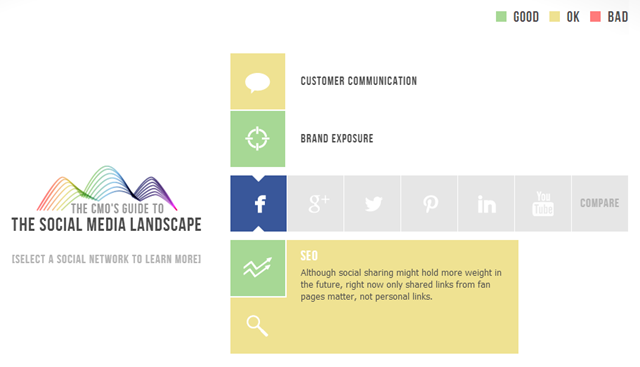Starting a business is like flying by the seat of your pants. Even experienced entrepreneurs experience the simultaneous challenges of validating and launching a product, marketing, resourcing, managing staff, engaging stakeholders and securing funding. Often – in the whirlwind – a strategic approach to marketing is lost. Or worse – ignored. My view (as it would be), is that it is never too early to market.
But wouldn’t it be great if there was a way that you could accelerate your marketing? What if you could draw upon the experience and know-how of not just your best-friend-who-does-some-marketing, but one of the world’s most respected agencies?
You are thinking big dollars, right?
And yes, it could easily cost $100k.
A Little Help from Leo Burnett
During the Great Depression, Leo Burnett opened a small advertising agency. As a symbol of hope in a gloomy and challenging time, a bowl of fresh apples was placed at the front desk to welcome clients.
These days, Leo Burnett is one of the world’s largest communications companies – and they still welcome clients with fresh apples.
And now – with Help from Leo – they are aiming to give one new Australian business the chance to win $100k in strategic and creative advice.
How? They are taking the apples and turning them into a cider business.
http://youtu.be/KF6D7LYISuA
If you think your business – your startup – or your idea could do with a boost, it’s time to hone your pitching skills. To be in the running, the minimum entry requirement is a short written statement of up to 250 words describing your business vision. Polish your words and enter at www.helpfromleo.com.
Prize is up to $100,000 (incl. GST) worth of strategic and creative advice for a single project, and excludes execution of ideas, including production or placement of any TV, press, radio, digital or other campaign, and also excludes 3rd party / external costs. Value of prize will depend on project winner requests. Conditions apply see helpfromleo.com. Ends 03/05/13. Entrant must be 18+ and own or own a majority of an Australian business with an ABN operating for 2 years or less as at 02/04/13. Limit 1 entry per business. Crafted by Leo Burnett with assistance from Eling Forest Winery.
Good luck!

